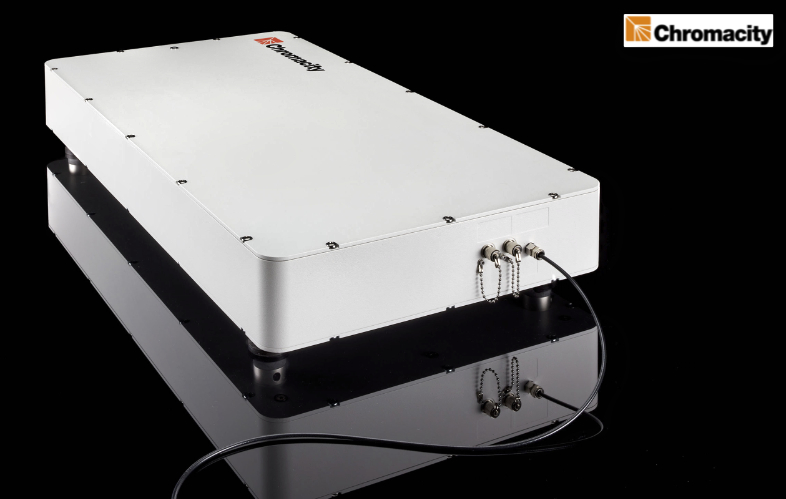Simulation technology for high-energy particle impacts for new semiconductor devices – SatNews

Chromacity Ltd. was cited in a groundbreaking study by Sandia National Laboratories, Albuquerque, USA.
To assess the effectiveness of new semiconductor devices for radiation hardened applications. Sandia used the Chromacity 1280 Ultrafast Laser as part of their system for simulating radiation-induced events in logic circuits. High-energy particles are known to cause permanent or temporary effects in semiconductor devices. The recent failure in the NASA Voyager 1 The spacecraft’s memory damage was likely caused by a high-energy particle impact.
Semiconductor devices are becoming increasingly vulnerable to damage from high-energy particles. Electronics in space have always been vulnerable, and engineers are developing a number of countermeasures to mitigate the problems caused by these high-energy events. Semiconductor devices are rapidly adopting process technologies with smaller feature sizes, exacerbating the problem and potentially opening up the possibility of damage to devices used in terrestrial applications.
The Chromacity 1280 has a center wavelength of 1280 nm and can deliver sub-250 fs pulses at a 100 MHz repetition rate. Part of a family of fixed wavelength femtosecond lasers, it utilizes the company’s patented hybrid free-space and fiber architecture, delivering best-in-class efficiency in a compact and robust form factor.
Chromacity Ltd. is a world leader in the design, development and manufacture of advanced ultrafast pulsed fiber lasers. Based in Edinburgh, UK, the company specializes in fixed wavelength optical parametric oscillators in the femtosecond and picosecond range ((OPO) based tunable laser systems. Based on a novel patented laser architecture that delivers ultra-stable long-term performance, the fixed wavelength femtosecond fiber lasers operate at 1040 nm and 920 nm and the tunable picosecond OPO lasers operate in the near-infrared and mid-infrared wavelength range from 1.4 µm to 12 µm. These compact, air-cooled devices offer unmatched long-term pulse stability without the need for ongoing maintenance.



